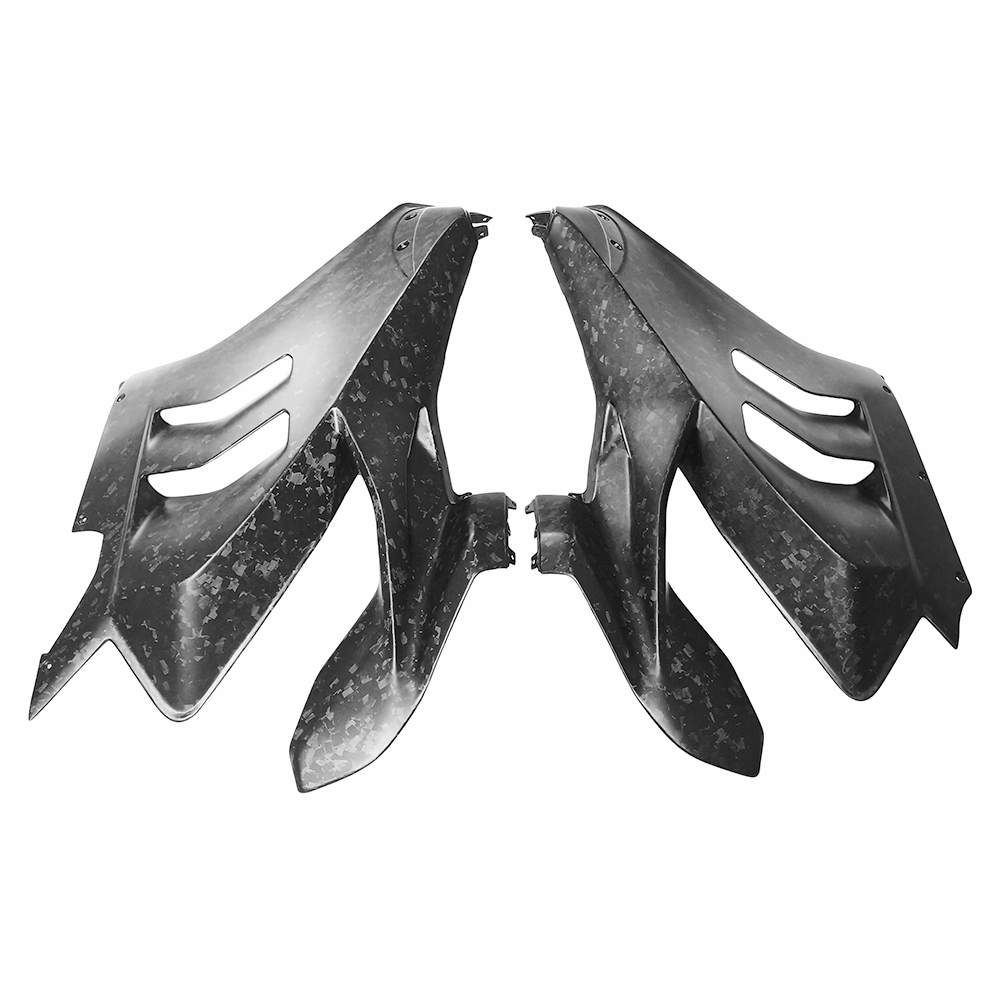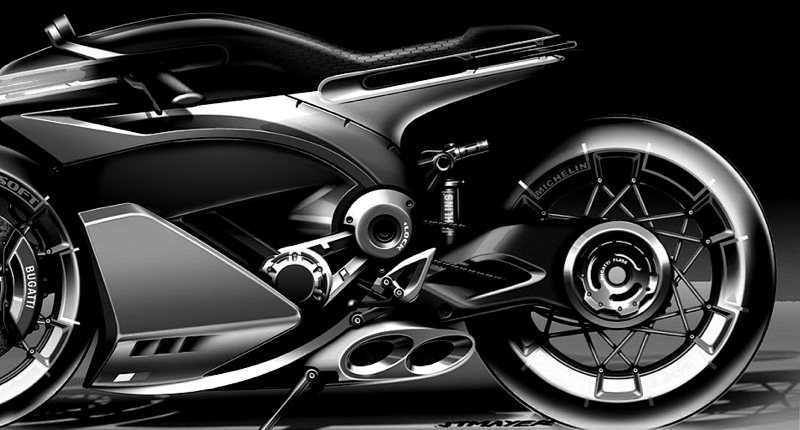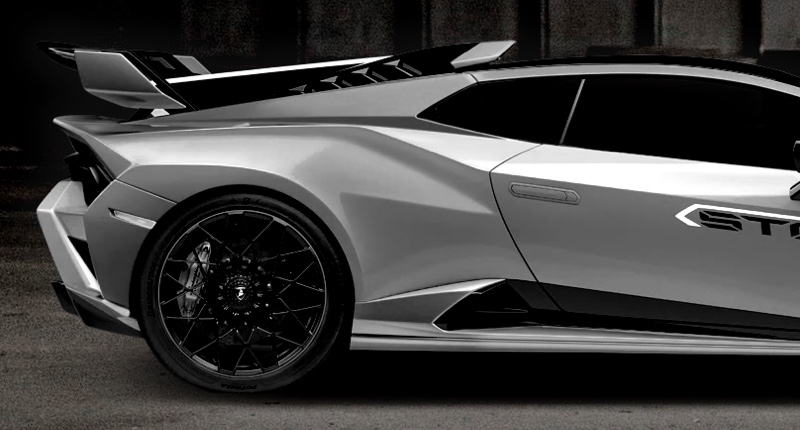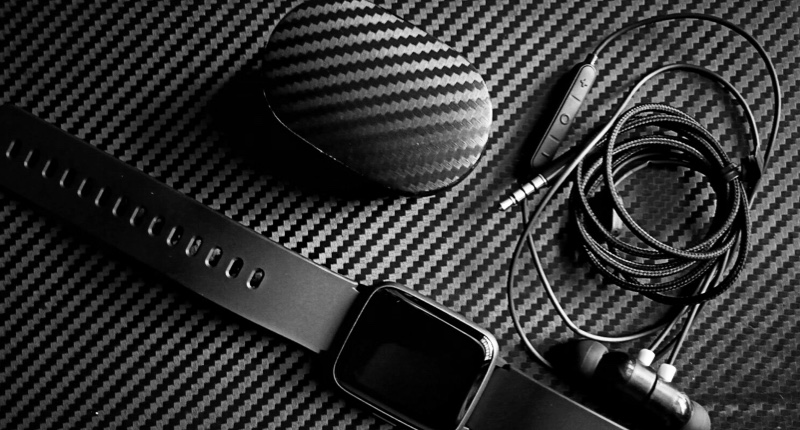Carbon Fiber Parts Manufacturing | Supreem Carbon
- Carbon Fiber Parts Manufacturing: Your Comprehensive Guide (Supreem Carbon)
- What is Carbon Fiber Parts Manufacturing?
- What are the Different Manufacturing Processes for Carbon Fiber Parts?
- What are the Key Considerations When Choosing a Carbon Fiber Parts Manufacturer?
- What are the Advantages of Using Carbon Fiber Parts?
- How Much Does Carbon Fiber Parts Manufacturing Cost?
Carbon Fiber Parts Manufacturing: Your Comprehensive Guide (Supreem Carbon)
This blog post addresses frequently asked questions surrounding carbon fiber parts manufacturing, providing a detailed understanding of the process from design to delivery.
What is Carbon Fiber Parts Manufacturing?
Carbon fiber parts manufacturing involves creating components from carbon fiber reinforced polymer (CFRP) composites. These composites combine high-strength carbon fibers with a resin matrix (typically epoxy) to produce lightweight, high-strength parts with exceptional stiffness. This process is used extensively in aerospace, automotive, sporting goods, and other industries where high performance and weight reduction are crucial. The manufacturing process is complex and requires specialized equipment and expertise.
What are the Different Manufacturing Processes for Carbon Fiber Parts?
Several methods exist for manufacturing carbon fiber parts, each with its own advantages and disadvantages:
* Autoclave Molding: This is a high-pressure, high-temperature process that produces parts with exceptional quality and consistency. It’s ideal for high-performance applications requiring precise tolerances and superior mechanical properties. The process involves placing prepreg (pre-impregnated) carbon fiber layers into a mold, then curing them under controlled conditions within an autoclave.
* Resin Transfer Molding (RTM): In RTM, dry carbon fiber reinforcements are placed in a mold, and resin is injected under pressure to saturate the fibers. This method offers good quality at potentially lower costs than autoclave molding, although the resulting part properties may not be quite as high.
* Hand Lay-up: This is a simpler, more labor-intensive method suitable for smaller production runs or prototyping. It involves manually layering carbon fiber fabrics and resin into a mold. While cost-effective for smaller projects, the consistency and quality can be less predictable than other methods.
* Pultrusion: This continuous process is used to manufacture long, uniform profiles like rods or tubes. The fibers are pulled through a resin bath and then cured. It’s highly efficient for mass production of consistent parts.
What are the Key Considerations When Choosing a Carbon Fiber Parts Manufacturer?
Selecting the right manufacturer is crucial for successful project outcomes. Key considerations include:
* Experience and Expertise: Look for manufacturers with a proven track record in carbon fiber processing and a deep understanding of the various manufacturing techniques.
* Equipment and Facilities: Access to state-of-the-art equipment like autoclaves is essential for high-quality parts.
* Quality Control Measures: A robust quality control system is critical to ensure consistent part quality and compliance with specifications.
* Material Selection: The choice of carbon fiber and resin significantly impacts the final properties. A reputable manufacturer will guide you in selecting the optimal materials for your application.
* Capacity and Lead Times: Ensure the manufacturer has the capacity to meet your production needs and deliver within your required timeframe.
What are the Advantages of Using Carbon Fiber Parts?
Carbon fiber offers several advantages over traditional materials like steel or aluminum:
* High Strength-to-Weight Ratio: This makes carbon fiber ideal for applications where weight reduction is critical, such as aerospace and automotive.
* High Stiffness: Carbon fiber parts offer exceptional rigidity, making them suitable for high-performance applications.
* Corrosion Resistance: Carbon fiber is highly resistant to corrosion, making it suitable for harsh environments.
* Design Flexibility: Carbon fiber can be molded into complex shapes, enabling intricate designs.
How Much Does Carbon Fiber Parts Manufacturing Cost?
The cost of carbon fiber parts manufacturing varies greatly depending on several factors, including:
* Part Complexity: More intricate parts generally require more labor and materials, increasing the cost.
* Production Volume: Higher production volumes typically lead to lower per-unit costs due to economies of scale.
* Material Selection: Higher-grade carbon fibers and resins will increase the cost.
* Manufacturing Process: Processes like autoclave molding are more expensive than hand lay-up.
Contact Supreem Carbon today to discuss your specific carbon fiber parts manufacturing needs and receive a customized quote. We are committed to providing high-quality, innovative solutions for our clients.
Custom panigale v4 carbon fiber Manufacturers and suppliers in China

The Ultimate Guide to Carbon Fiber Fabricators: Everything You Need to Know

Elevate Your Ride with Supreem Carbon: The Ultimate Guide to Carbon Fiber Fairings
Custom carbon fiber motorcycle tanks Manufacturers and suppliers
For After-sales Service
Do you offer a warranty?
Six month standard warranty on all products. Damage due to installation error or natural elements will not be covered.
For Products
Which carbon fiber material you can provide in production?
1*1 plain /2*2 twill / forged carbon / honeycomb / kevlar and so on.
Are you parts have UV protected?
Absolutely! We use multiple layers of premium quality automotive clear (or matt) coats on our products, which ensure that they will remain super pretty for years to come.
How can I get some sample?
Actually we dont provide the free sample to customer, you can place a sample order if need some parts.
For Customized Service
What is the customization process of carbon fiber products?
1. Customer provide 3D drawing, design requirement or idea
2. Technician evaluate project feasibility and provide a quotation
3. Project confirmation and arrange sample production
4. Delivery and customer feedback
5. Big scale orders production

Yamaha R1 Carbon Fiber Side Fairings
Introducing the Supreem Carbon Fiber Long Side Panels for Yamaha R1. Crafted with precision and expertise, this front side fairing is designed to elevate the performance and aesthetics of your R1. Made from high-quality carbon fiber, this fairing is not only lightweight but also incredibly durable, providing optimal protection for your motorcycle.

Yamaha R1 Carbon Fiber Airbox Tank Cover
The Supreem Carbon Yamaha R1 Carbon Fiber Airbox Tank Cover provides lightweight, durable protection with a sleek finish. Designed for R1 models, it enhances the style and performance of your bike. Its lightweight structure improves performance while maintaining the premium aesthetics necessary for high-end modification projects. As a dedicated manufacturer of carbon fiber parts, we provide stable production capacity, customization options, and strict quality control to support enterprise-level procurement and OEM/ODM needs.

Carbon Fiber Rear Seat Panel for BMW S1000R & M1000RR – Lightweight Performance
This carbon fiber rear seat panel is engineered for the BMW S1000R and M1000RR, offering superior rigidity, reduced weight, and a premium racing finish. Produced with autoclave technology and strict QC standards, the part ensures consistent OEM-level fitment. Supreem Carbon provides wholesale supply, stable bulk production, and customized solutions for global clients.

High-Performance Carbon Fiber Rear Undertail for BMW S1000R
Engineered for distributors, tuning brands, and motorcycle accessory businesses, the BMW S1000R Carbon Fiber Rear Undertail is a high-quality, durable, lightweight carbon fiber upgrade for the S1000R platform. This component is manufactured using aerospace-grade carbon fiber and precision molds to deliver superior stiffness, a seamless OEM-level fit, and a premium visual finish suitable for high-end aftermarket applications.
© 2024 Supreem Carbon All Rights Reserved.





Facebook
Pinterest
LinkedIn
Instagram